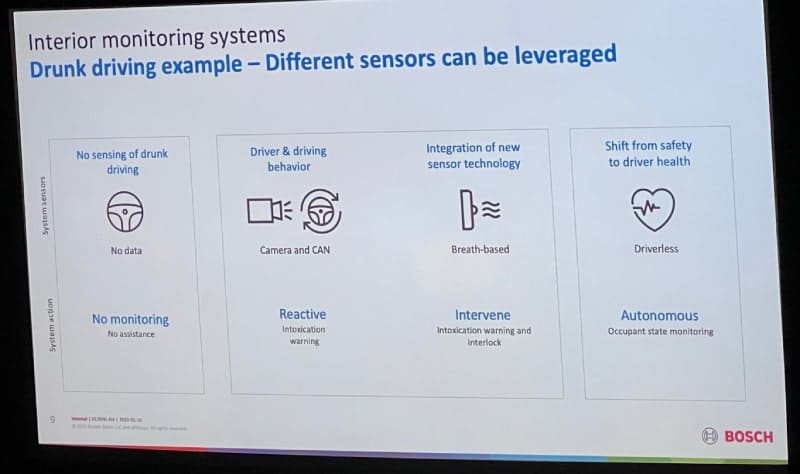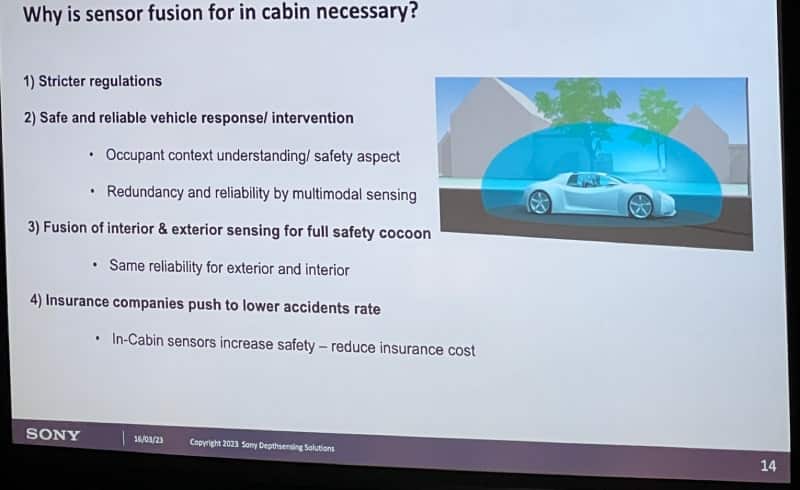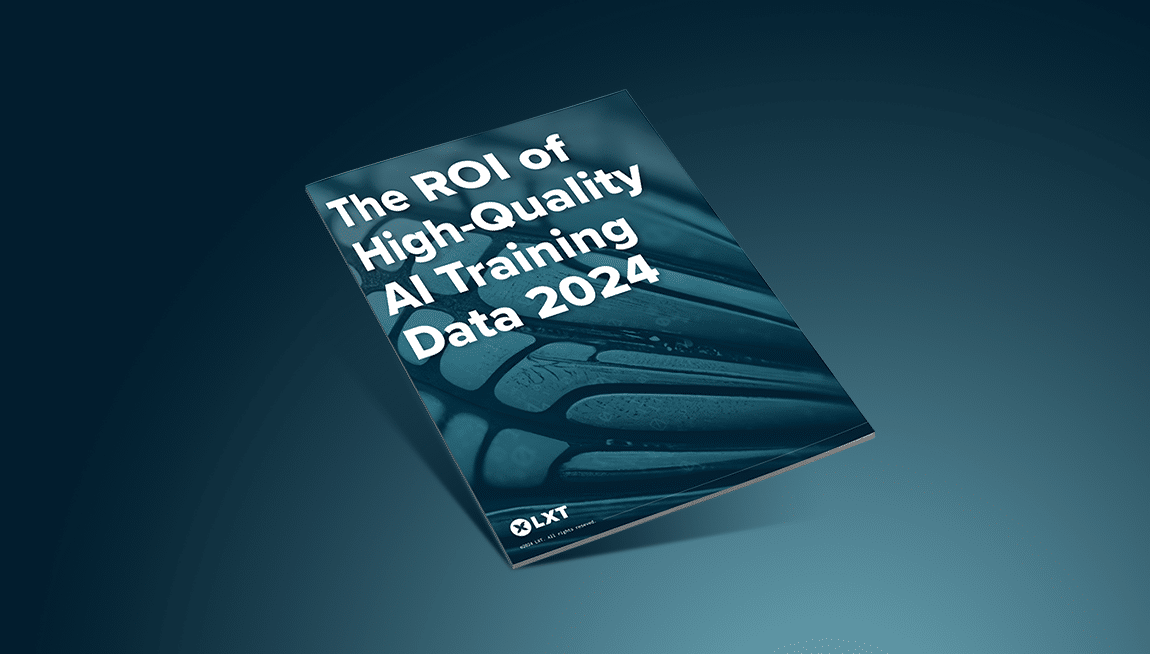Earlier this month I attended the InCabin conference in Phoenix sponsored by Sense Media. The focus of the event was to highlight automotive innovations, including driver and occupant safety, comfort and wellbeing. Leaders from across the industry convened to share their best practices and to demonstrate their solutions. I had the opportunity to attend a few of the sessions and wanted to share some of the highlights.
How driver attention impacts design
David Mitropoulos-Rundus from Hyundai American Technical Center shared important research in his session entitled, “Can a Driver’s Attention be Successfully Divided?” According to the research, people are not able to successfully multitask, and “no matter how efficient a person is, there is always a measurable cost in switching task attention.” He did share that when people are using different modalities such as audio and visual, there can be some “moderate improvements” in multitasking.
In sharing this research, David’s goal was to encourage automotive manufacturers to gain a deeper understanding of their customers’ attention capabilities and to design their vehicles accordingly. He recommended being actively involved in this type of research so that the learnings can be better incorporated into car design, and suggested partnering with academic and research institutions to accelerate the learning in the field of driver attention and integration of the learnings into vehicle design.
Drunk driving prevention through interior monitoring systems
A session from Fabiano Ruaro, Product Manager for Interior Monitoring Systems at Bosch, highlighted the various sensors that can be used to detect driver intoxication from both drugs and alcohol. Fabiano discussed a trial that Bosch performed on a closed track with 30 participants to determine the effectiveness of the interior monitoring system in detecting if the driver is under the influence.
The solution tested in the trial was designed to be an early warning system used in combination with a breathalyzer to detect intoxication. By looking at behavior patterns of drivers that are under the influence versus normal driver behaviors, systems can be enhanced to detect driver intoxication early and prevent drivers that are under the influence from being able to start their vehicles in the first place.

Multi-sensor fusion for vehicle occupant safety
Jan-Martin Juptner, Business Development Manager – Automotive from Sony Depthsensing Solutions presented his case for sensor fusion to improve occupant safety, highlighting the fact that with increasingly strict automotive regulations, fusing interior and exterior sensors provides a much higher level of safety than current systems. With a host of regulations on the horizon over the coming years to help improve driver and occupant safety, Jan-Martin highlighted the important role that interior sensors play in areas such as occupant classification, driver responsiveness, seat belt detection, child safety and more, which is needed to optimize occupant safety. Jan-Martin advocates sensor fusion to monitor driver and passenger activity more holistically and with higher accuracy.
Sony has been developing its sensor expertise since 2015, and from that time on has broadened its solutions to include a host of features such as occupant posture and movement monitoring, gesture control, multimodal HMI interaction, parking lot and size detection, and much more. Sony’s software and hardware solutions focus on both comfort and safety for the optimal occupant experience.

These were just a few of the presentations held at this event that unites the automotive technology community. InCabin will host their next conference in Brussels from June 20-22, 2023.




